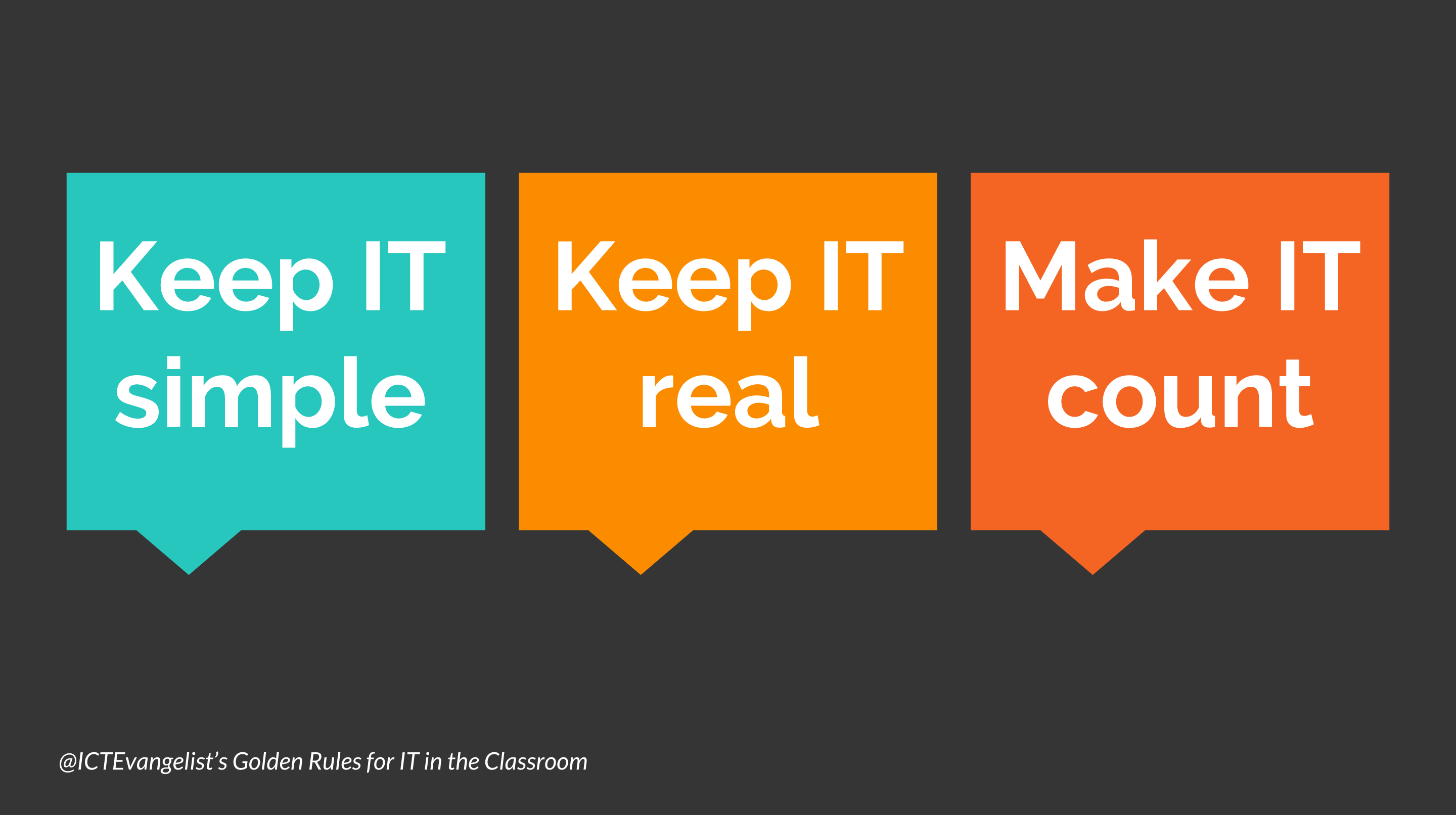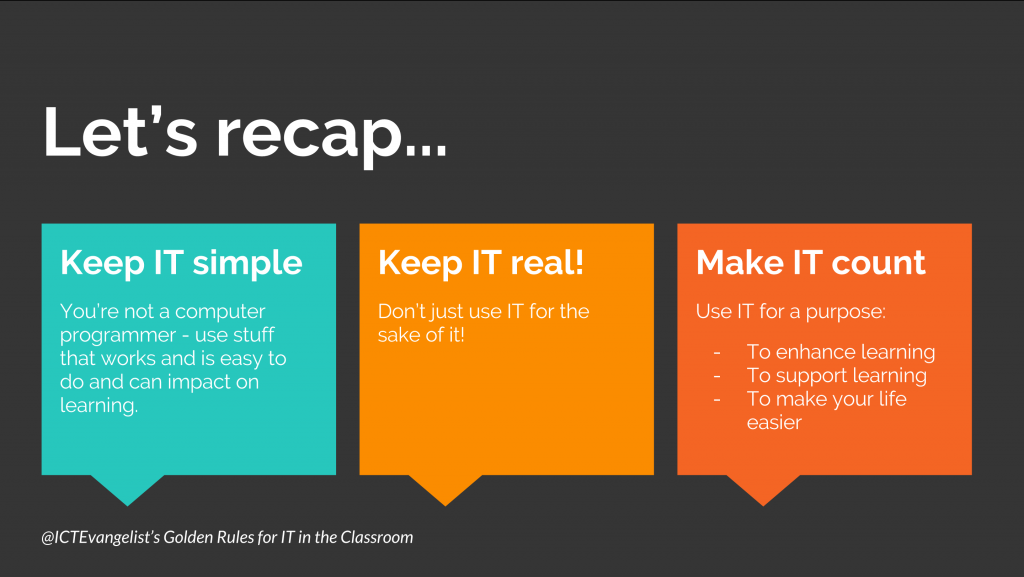
There’s so much talk of how to make successful use of technology in the classroom. Even just yesterday afternoon, friend and Assistant Principal of Surbiton High School José Picardo was asking what to me seems (sorry) a blindingly obvious (to me) question on Twitter:
Teachers:
Now that we have Google, is it still necessary to acquire knowledge and learn facts at school? Pls RT
— José Picardo (@josepicardoSHS) March 31, 2016
Of course we do is the obvious answer. This isn’t to say that Google shouldn’t be part of the landscape in learning – it just reflects the way in which modern educators should be capitalising on technology use in schools. Google, like any library of information should be used as such – a resource to support learning in ways which we always have. Learning about how to cite from online sources (something very well supported in Google Docs if you haven’t seen the Research tool in there!) is just part of sound digital citizenship of young people.
For such a long time so many have written about the changing role of educators from that of sage on the stage to guide on the side. Actually, it’s about knowing when each is appropriate and applying the techniques appropriately at the right time. As I’m often keen to quote from Hattie (albeit he’s talking about feedback) it’s about making choices in the classroom as a practitioner for pupils that are ‘just in time, just for me, just for what I need to move me forward’ etc (Visible Learning for Teachers).
In order to get impact with technology in the classroom, for me it’s really quite simple and involves three easy to remember elements; technology for learning shouldn’t be about bells and whistles, it’s about what works, so:
Keep IT Simple
In a Computing class, you want children to go to town with their use of technology; to show off their skill in a high level of detail. In other subjects such as History however, you want to use IT to support the learning activity. Use technology to support that and have technology there as part of the learning toolkit. The same is true of you – you’re most likely not a computer programmer, so use tools that work and keep IT simple!
Keep IT Real
Make the use of technology relevant to the task at hand. Don’t leverage it into your lesson because you’re looking to tick a box on your performance management or because your school is doing a 1:1. If the use can support, enhance or extend learning; fab. If not, why you would choose to use it. Keep IT Real!
Make IT Count
Linking in to the two above points, use technology for a purpose. Set time limits. Set constructs. Focus and target how the tech is to be used. Sure, if children are well versed in different methods of demonstrating their understanding across a multitude of apps, then perhaps give them some choice; but remember how much marking you have to do and how easy it is for you to assess that work based upon their output.

Of course there is always more to this than meets the eye, such as vision for technology use, CPD, support, infrastructure, so forth and so on; but with the right conditions for success in place, these three simple rules will scaffold confidence, develop use of technology in the classroom and enhance learning – just like informed and relevant use of technology should.
Keep IT simple – Keep IT real – Make IT count.

I have lots of experience in supporting schools with what works when it comes to using technology successfully in the classroom. If you would like to work with me, please get in touch by visiting here.















Hi Mark,
Thanks for picking up on the poll and for a very useful blog. The purpose for the poll and its blindingly obvious question is explained here.
Best. José
Thanks José
Technology of all kinds has its place. Jose’s subject heading could be about books, or practical activities or writing. Socrates was appalled that in learning to write, man no longer needed to memorise things. Socrates’ argument has it place, but we don’t write about it endlessly.
In my school where children have access to more than 3 digital devices each, they’ll choose as and when needed. The reality is that in art, device use is limited, in MFL usage relates to activity, in Mathematics more often for consolidation etc. If WiFi goes down, no crisis arises, just alternative choices made.
The evidence is that England’s poor performance in Pisa tables arises from over-proscription of activity and corralled learning; `any fule knoweth this’ and professional discussion needs to move on to tackle the new challenges that globalisation is bringing.
Great tips here – I particularly like the point about making things relevant. Too many times tech is implemented simply “because we can,” without any thought given to what is appropriate in a particular context. Excellent article!
Brynn Alexander